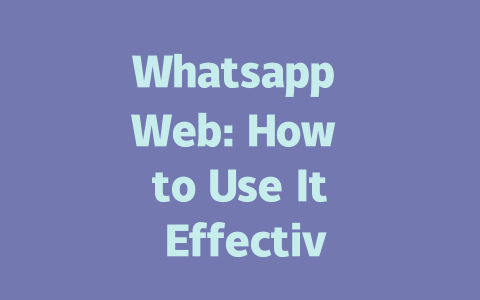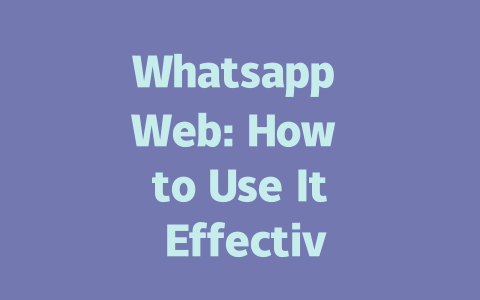You know that feeling when you pour your heart into a blog post, but it just doesn’t get the attention you hoped for? I’ve been there too. It’s frustrating, right? But here’s the thing: with a few simple tweaks and strategies, you can turn that around without needing a PhD in SEO. Let me share some tricks I’ve learned along the way—stuff that’s worked for me and others.
Step 1: Crafting Topics That Get Noticed by Google’s Search Robots
So, why does this matter? Well, imagine you’re typing something like “how to fix a leaky faucet” into Google. The search robots are going to look at thousands of results to decide which ones match what you’re looking for. To make sure your content stands out, start by thinking like a real person—not an algorithm.
What Makes a Good Topic?
When brainstorming ideas, ask yourself: What would my ideal reader search for? If you’re targeting parents, maybe they’d type “fun activities for kids during weekends.” Keep it natural and specific.
And don’t forget—the first few words in your title matter a ton. Why? Because those are usually the keywords people will recognize instantly. For instance, if I’m writing about remote work tools, I might title it “Top Remote Work Tools in 2025,” putting the main idea upfront.
Expert Tip: Leverage Long-Tail Keywords
Long-tail keywords are longer phrases that reflect how people really talk. They’re easier to rank for than generic terms. Think about it: “best laptops” is super competitive, but “best laptops under $800 for graphic design students” narrows down the audience and makes it more relevant.
Google itself has said that focusing on user intent helps improve rankings. So, when crafting topics, keep asking: What does my reader need right now?
Step 2: Writing Titles That Make People Click
Alright, so you’ve nailed the topic. Now let’s talk about creating titles that actually grab attention. This part isn’t rocket science, but it requires some thoughtfulness.
Structure Matters
A good title should:
For example, compare these two options:
Which one sounds more compelling? Probably the second one—it speaks directly to its audience (small business owners) and tells them exactly what they’ll gain (boosted sales).
Here’s another trick I’ve used successfully: include numbers whenever possible. Numbers stand out visually and promise structure. Try comparing “How to Start a Blog” versus “How to Start a Blog in Just 3 Simple Steps.”
Authority Check: Back It Up
Google values trustworthy sources, so always aim to back up claims with credible info. Did you know that Moz recommends using nofollow links strategically to build authority while avoiding penalties? By linking to reputable sites, you signal to both readers and Google that your content is reliable.
| Key Elements | Example | Why It Works |
|---|---|---|
| Numbers | “5 Ways to…” | Promises clarity and ease. |
| Emotional Hook | “Don’t Miss Out!” | Encourages urgency. |
| Specificity | “For Beginners” | Defines target audience. |
This table summarizes key elements to incorporate into your titles. Use it as a quick reference checklist before finalizing any headline.
Step 3: Writing Content That Resonates With Readers and Google
Now we’re diving into the meat of things: the actual content. Here’s where you prove your expertise and show Google you’re worth ranking.
Organize Your Thoughts Clearly
Break down complex concepts into digestible chunks. Imagine explaining something to a friend over coffee. For example, if I were writing about email marketing, I wouldn’t dump all the technical jargon at once. Instead, I’d break it down step-by-step:
By structuring your content logically, you help both readers and Google understand the flow of information.
Stay Authentic and Conversational
Write like you speak—within reason, of course. Avoid stiff language or overly complicated sentences. Here’s an example:
Bad version: “The utilization of meta-descriptions plays a pivotal role in driving organic traffic.”
Good version: “Meta descriptions help tell Google what your page is about, so they’re super important for getting clicks.”
See the difference? The second option feels human and approachable.
Test Everything
Finally, after finishing your piece, review it thoroughly. Ask yourself:
Use tools like Google Search Console to check for errors or broken links. Remember, quality beats quantity every time.
If you follow these steps, I guarantee you’ll see improvements. And hey, if you try anything out—or have questions—feel free to drop me a note! I love hearing feedback from fellow bloggers.
If you’re wondering whether you can skip the QR code scanning hassle every time you log into Whatsapp Web, there’s good news starting from
When it comes to security, there’s no need to fret—Whatsapp Web has got your back. The platform uses the same end-to-end encryption as the mobile app, which means only you and the person you’re chatting with have access to the messages. Your private conversations remain exactly that—private. However, one thing to keep in mind is that your phone still needs to be online for Whatsapp Web to work properly. Since the web version essentially mirrors what’s happening on your phone, any disconnection could throw a wrench into things. But hey, connecting up to four devices simultaneously via Whatsapp Web makes it worth the trade-off, allowing you to multitask across platforms without any drop in performance or security. If something goes awry and the page doesn’t load correctly, don’t panic. Just give it a quick refresh, clear out that browser cache, and make sure your phone is plugged into the internet with the latest version of the app installed. That usually does the trick.
# Frequently Asked Questions (FAQ)
# Can I use Whatsapp Web without scanning the QR code?
Yes, starting from 2025, Whatsapp introduced a feature that allows users to stay connected even after the initial QR scan for 5-12 days, depending on your device settings. This reduces the need to repeatedly scan the QR code.
# Is my data secure while using Whatsapp Web?
Absolutely. Whatsapp Web uses end-to-end encryption just like the mobile app, ensuring that only you and the person you’re communicating with can read your messages.
# Do I need to keep my phone connected to use Whatsapp Web?
Yes, currently Whatsapp Web requires your phone to be connected to the internet. The web version functions as an extension of your phone, so any disconnection may affect your web experience.
# How many devices can I use Whatsapp Web on simultaneously?
In 2025, Whatsapp allows users to connect up to four devices at once via Whatsapp Web. This makes multitasking easier without compromising performance or security.
# What should I do if the Whatsapp Web page doesn’t load properly?
If Whatsapp Web isn’t loading correctly, try refreshing the page or clearing your browser cache. Additionally, ensure your phone is connected to the internet and the Whatsapp app is updated to the latest version.




